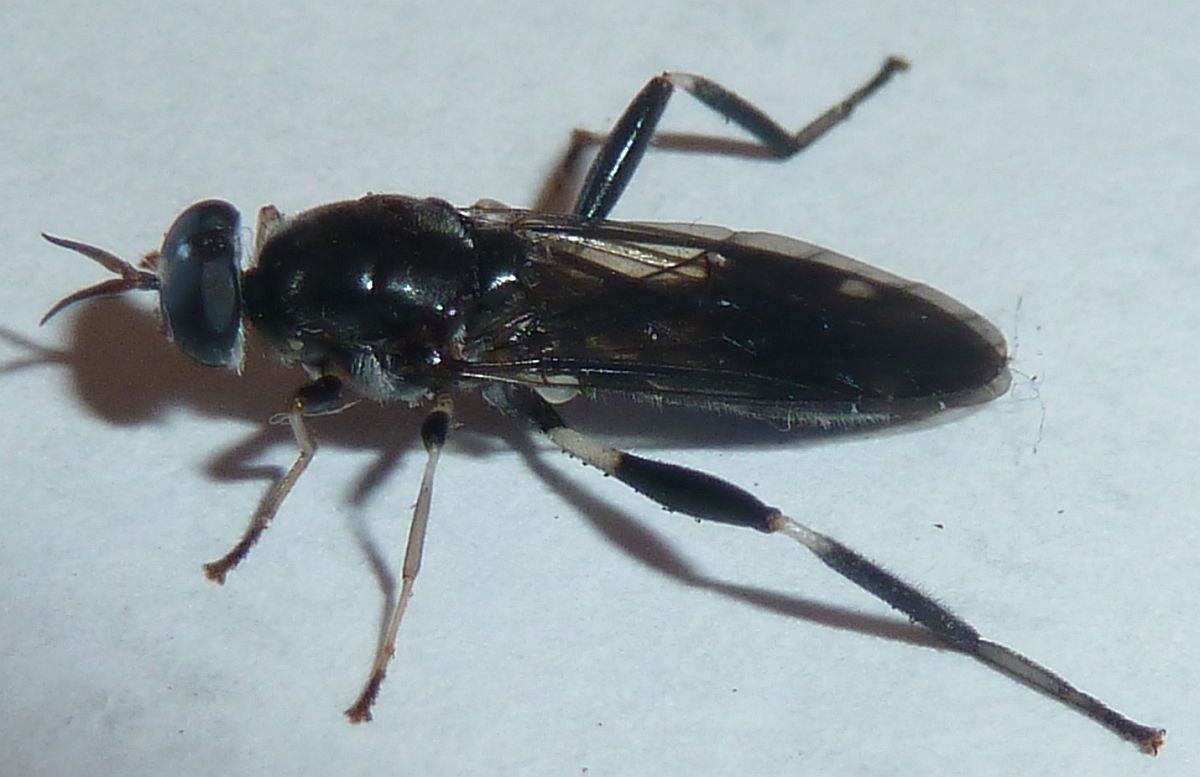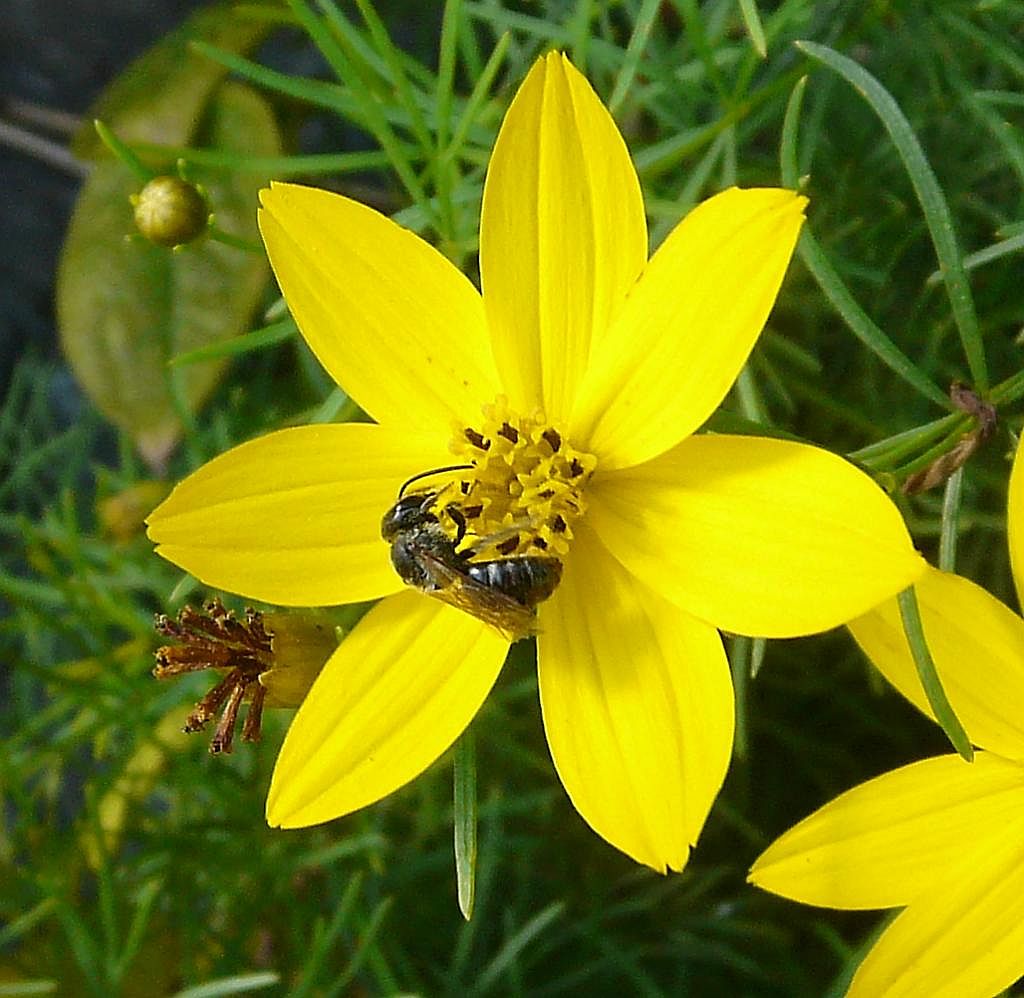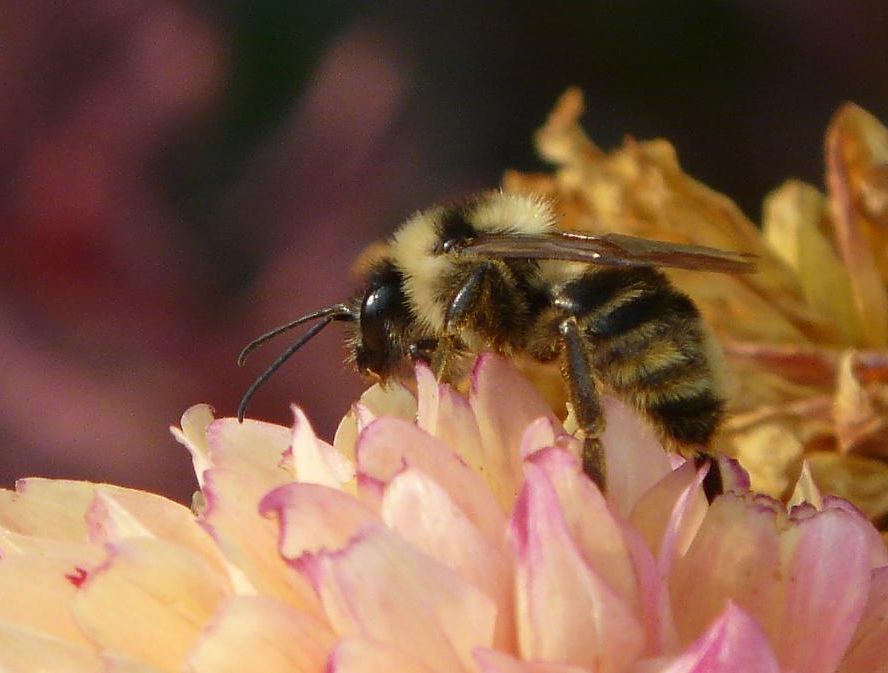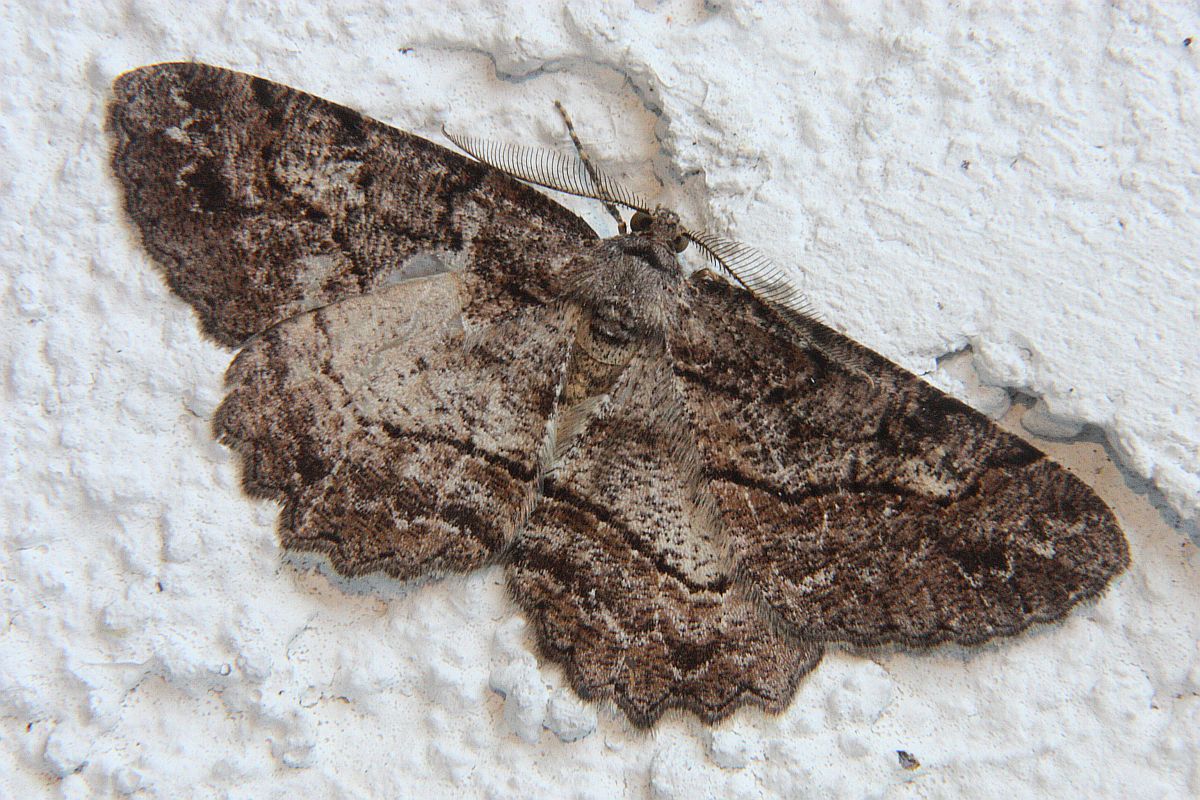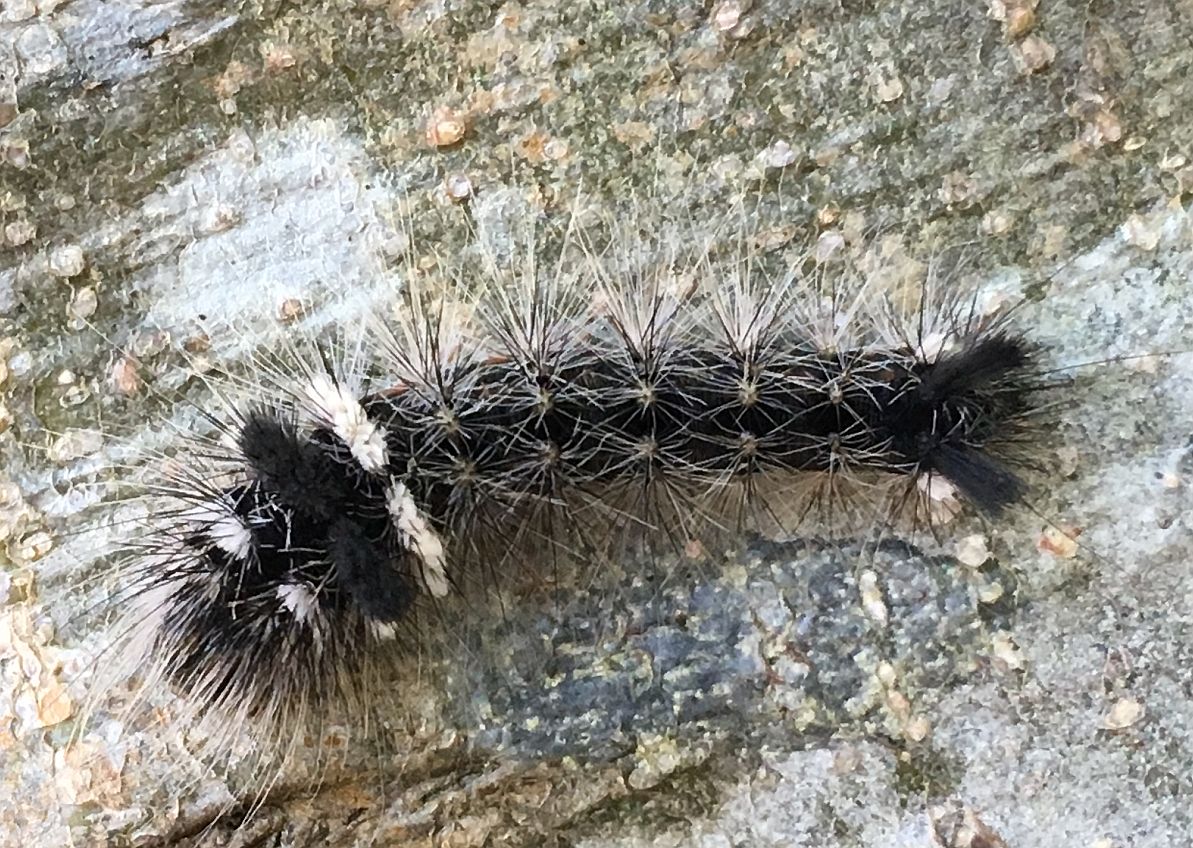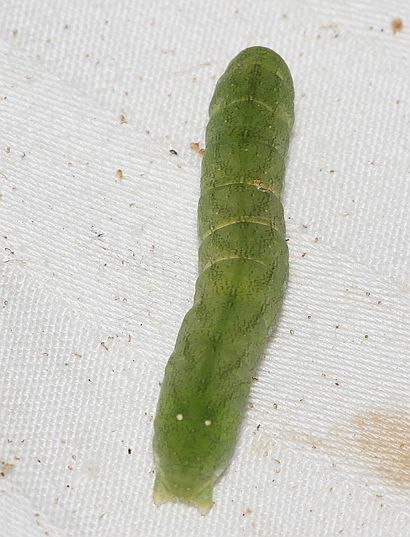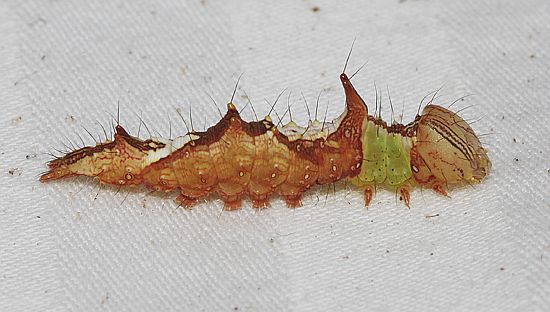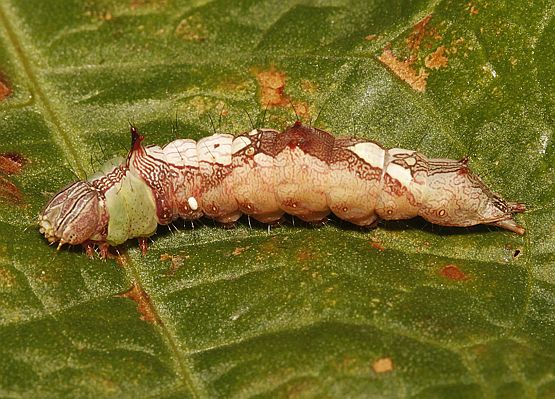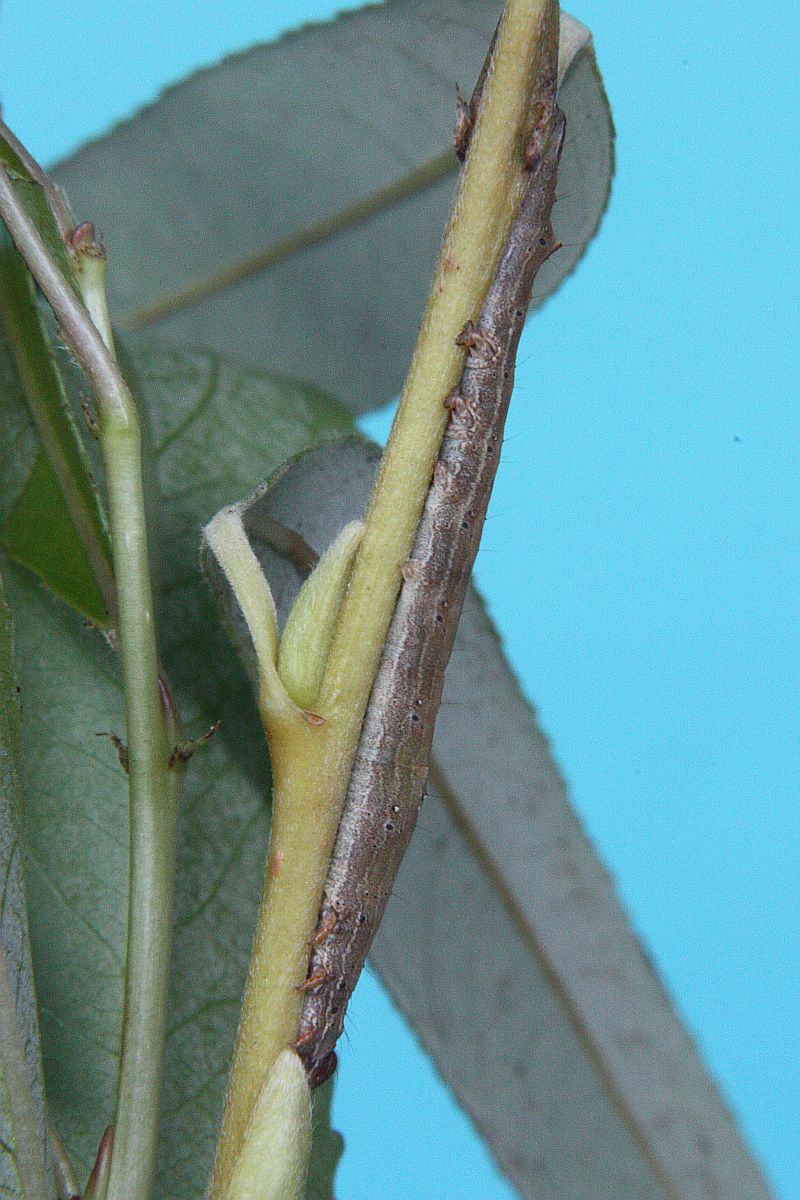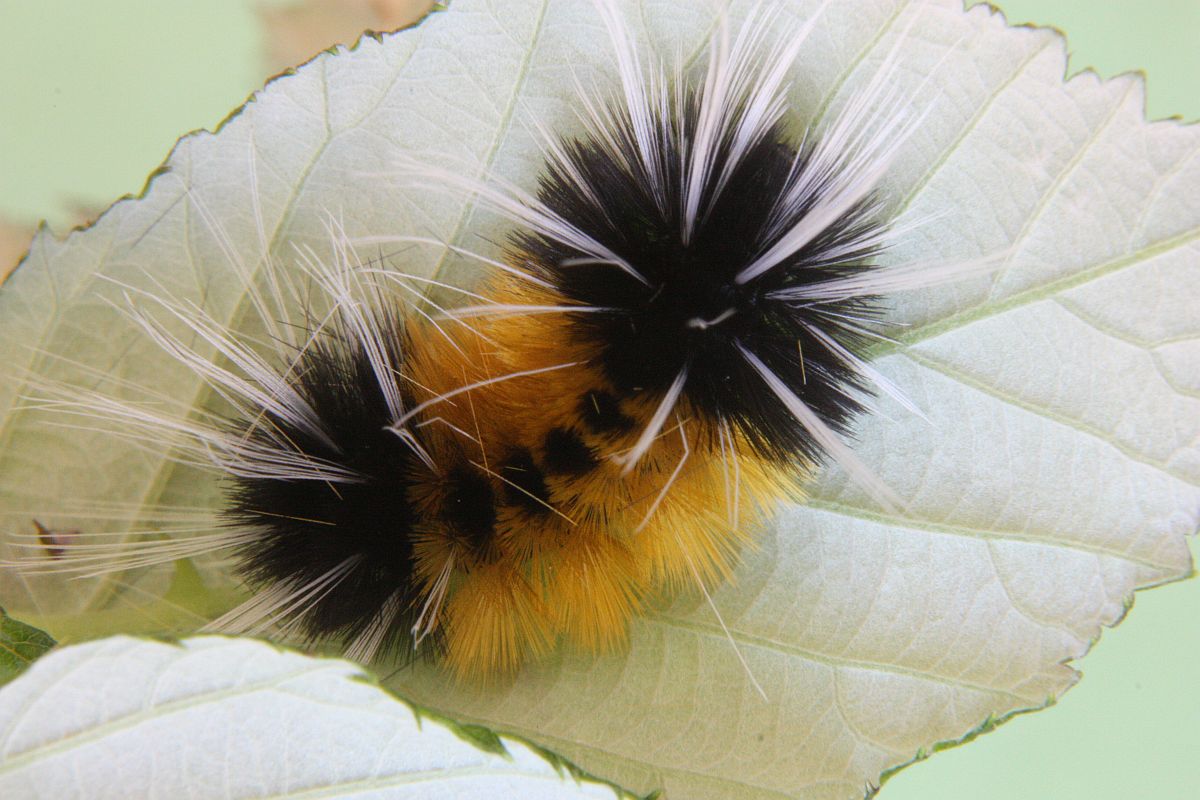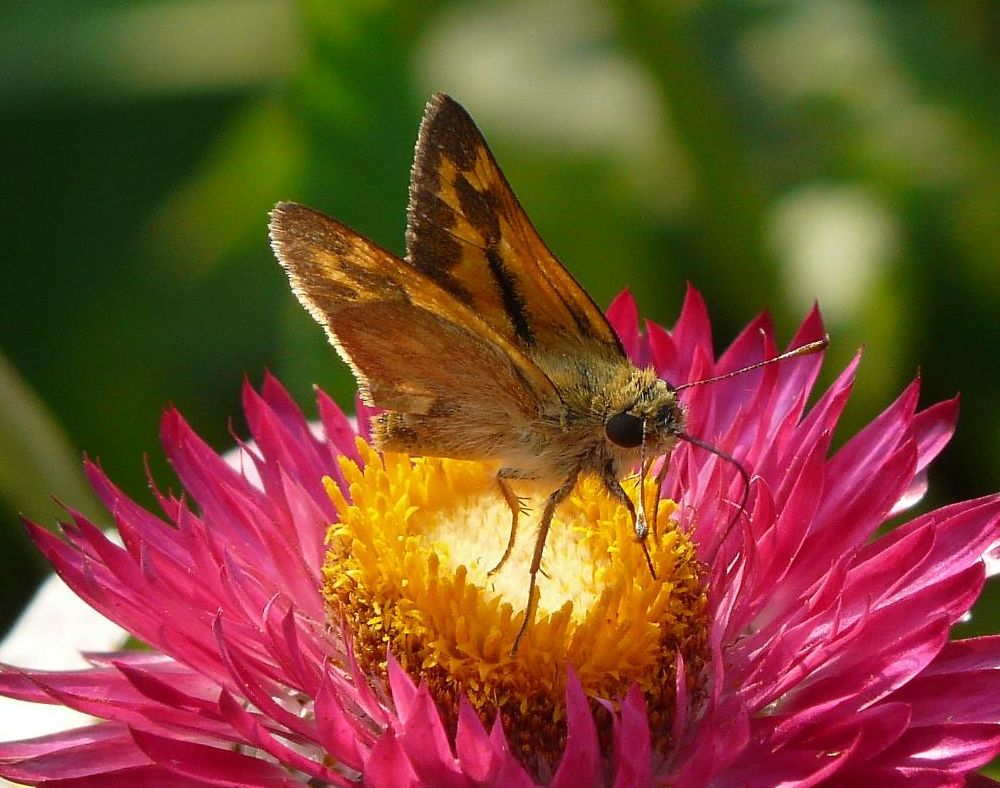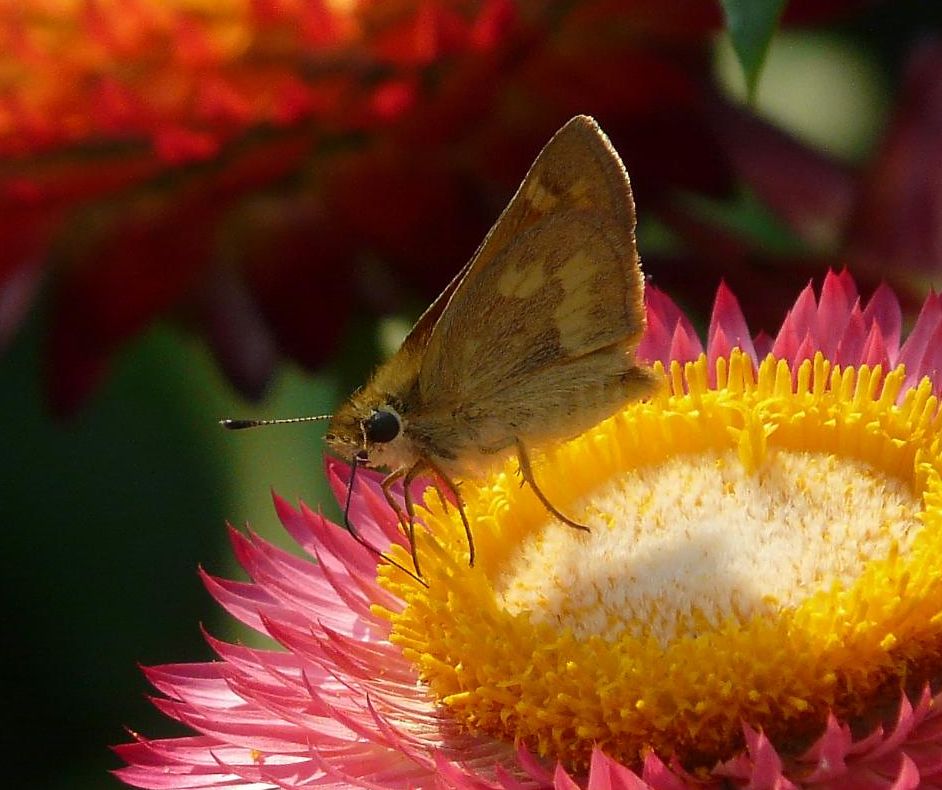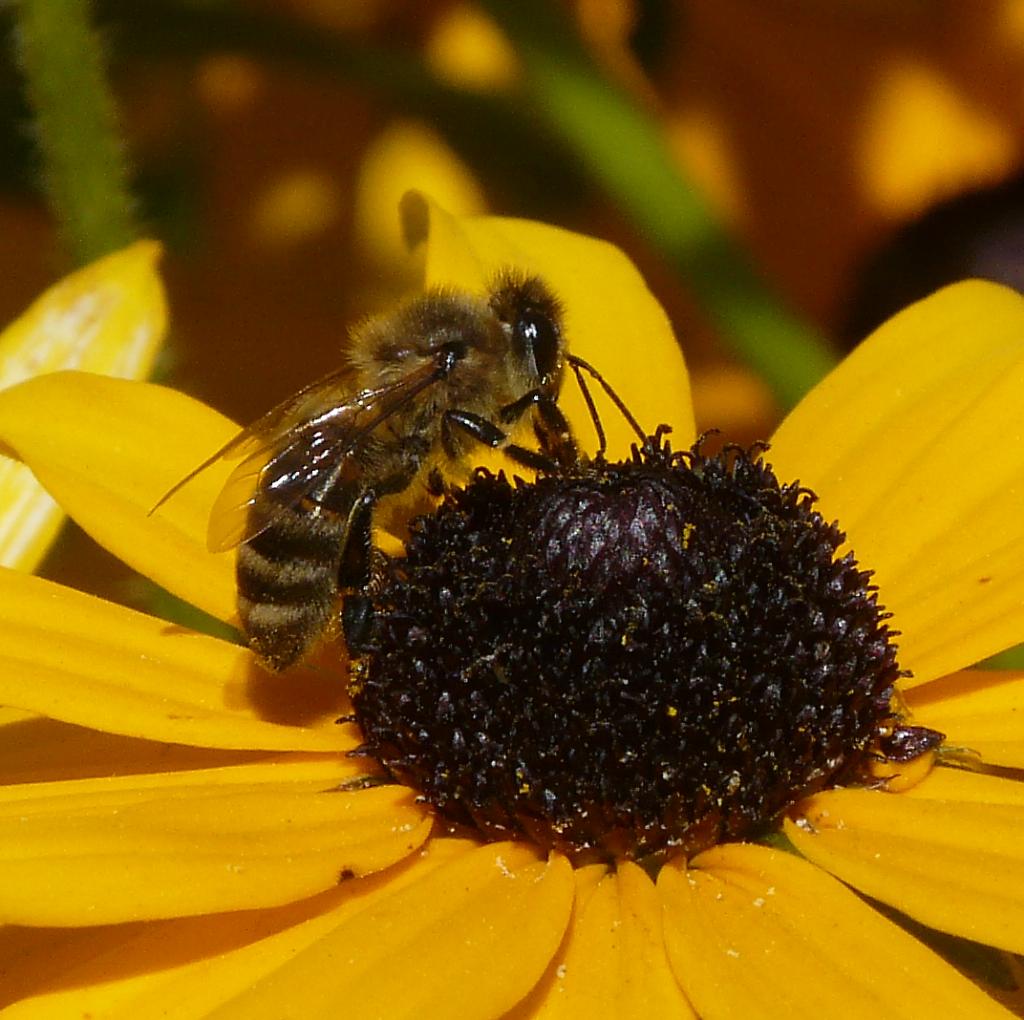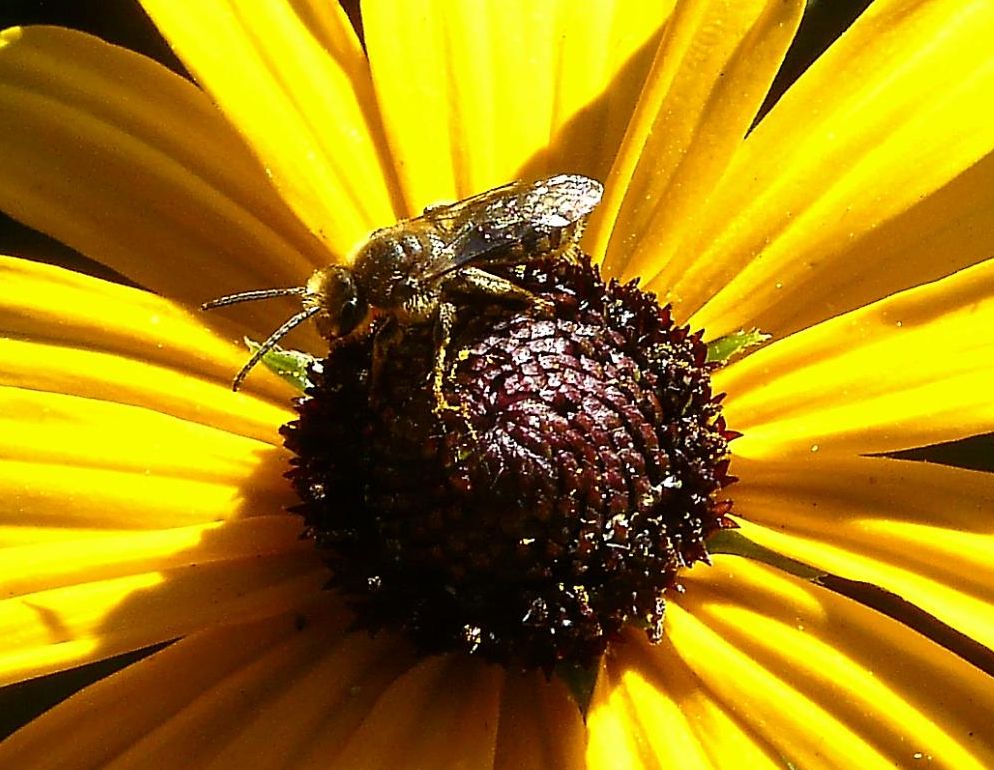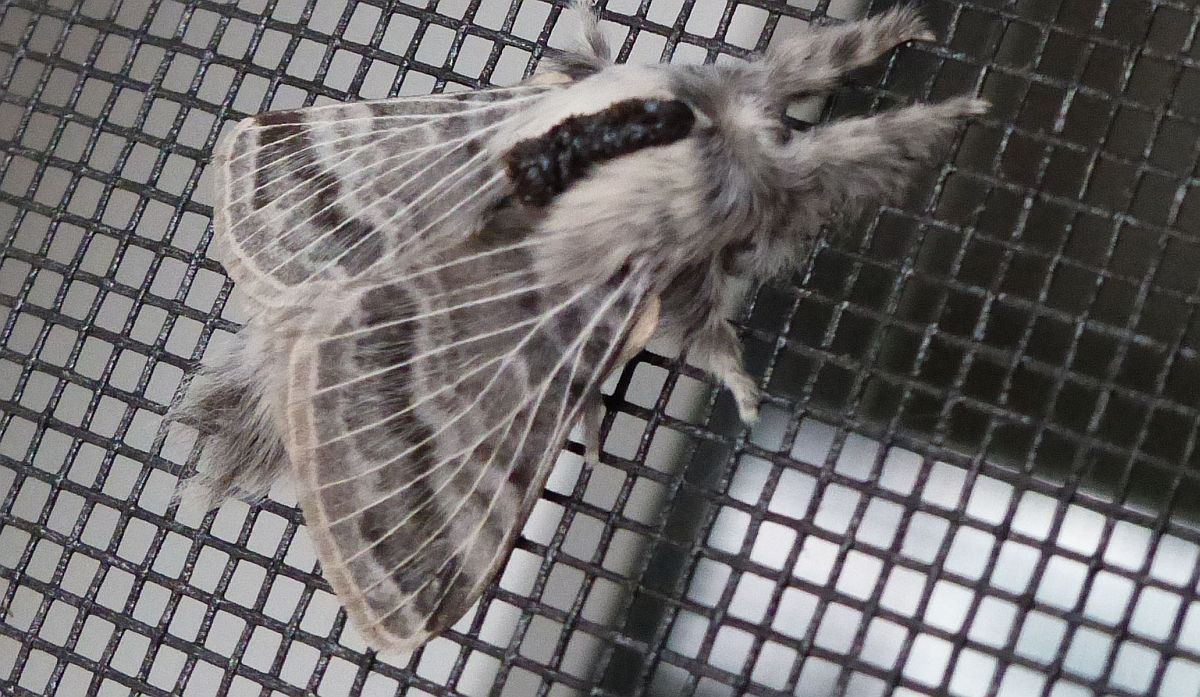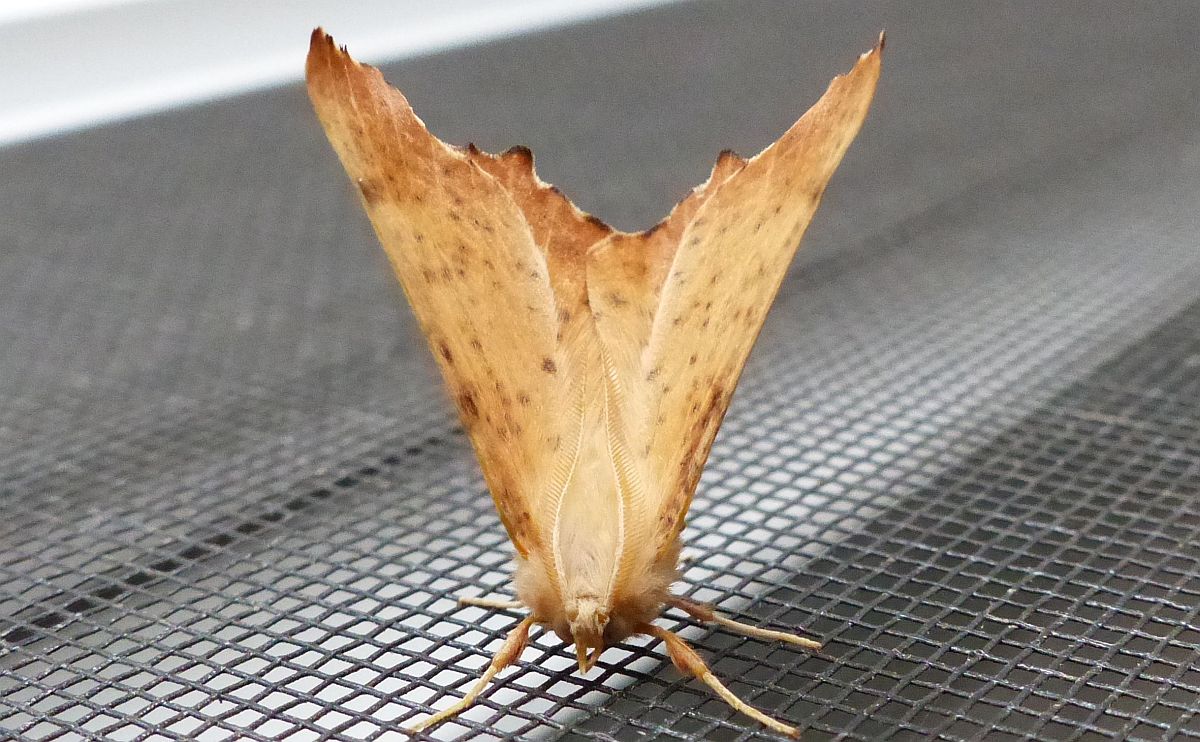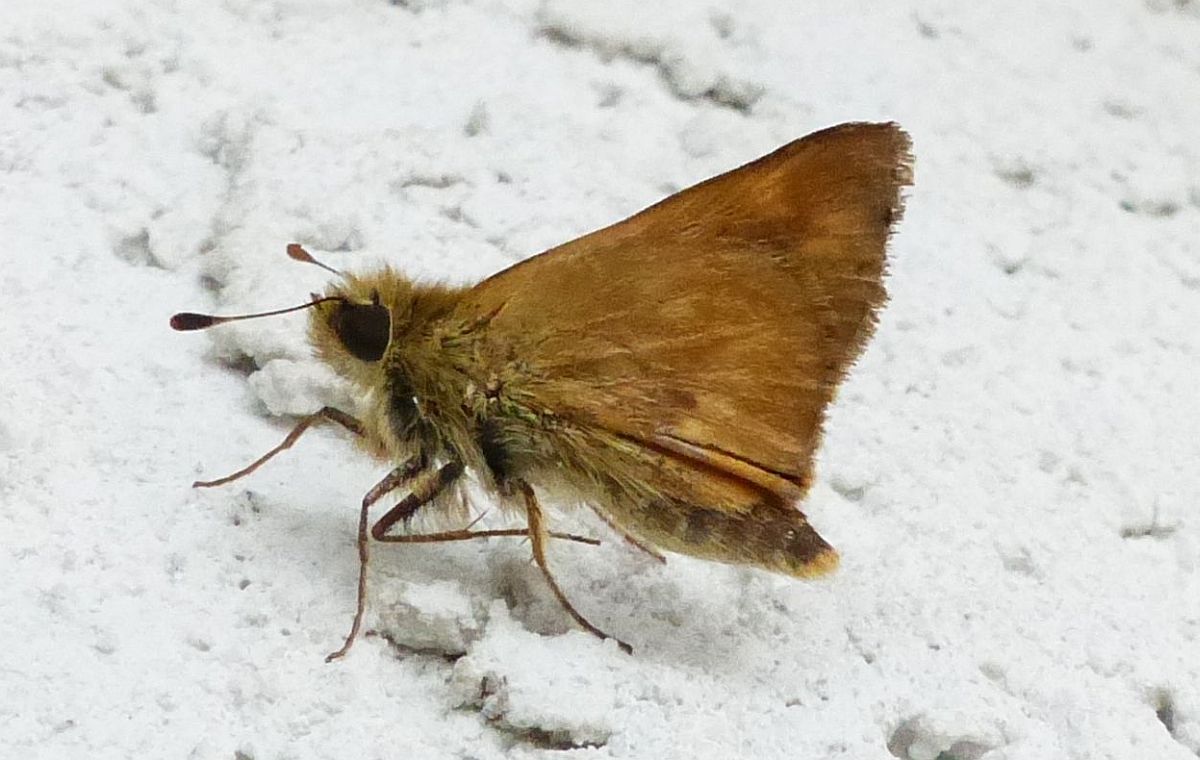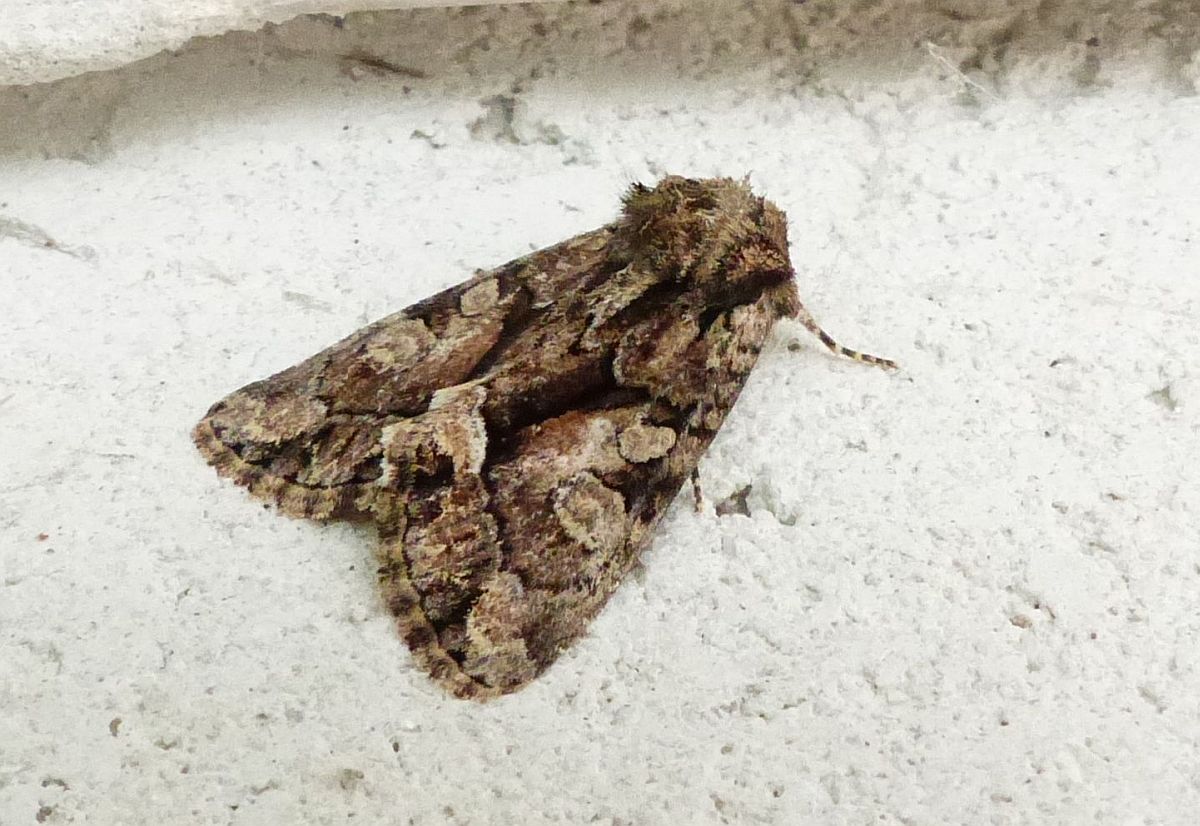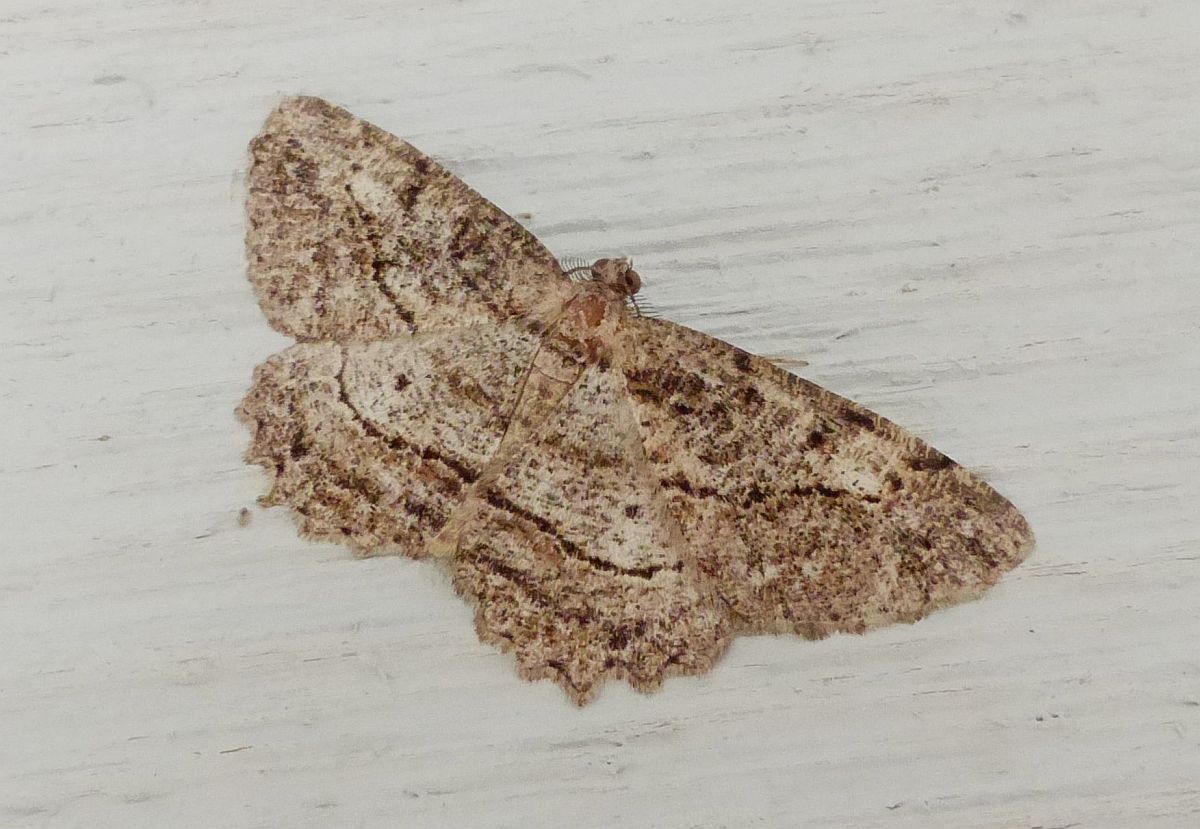2017 September 3
Dar Churcher sends some recent photographs from Colwood. The first two are colour varieties of Emmelina monodactyla. The first one is unusually reddish; the second one is more typical. The caterpillars feed on the flowers of Calystegia.

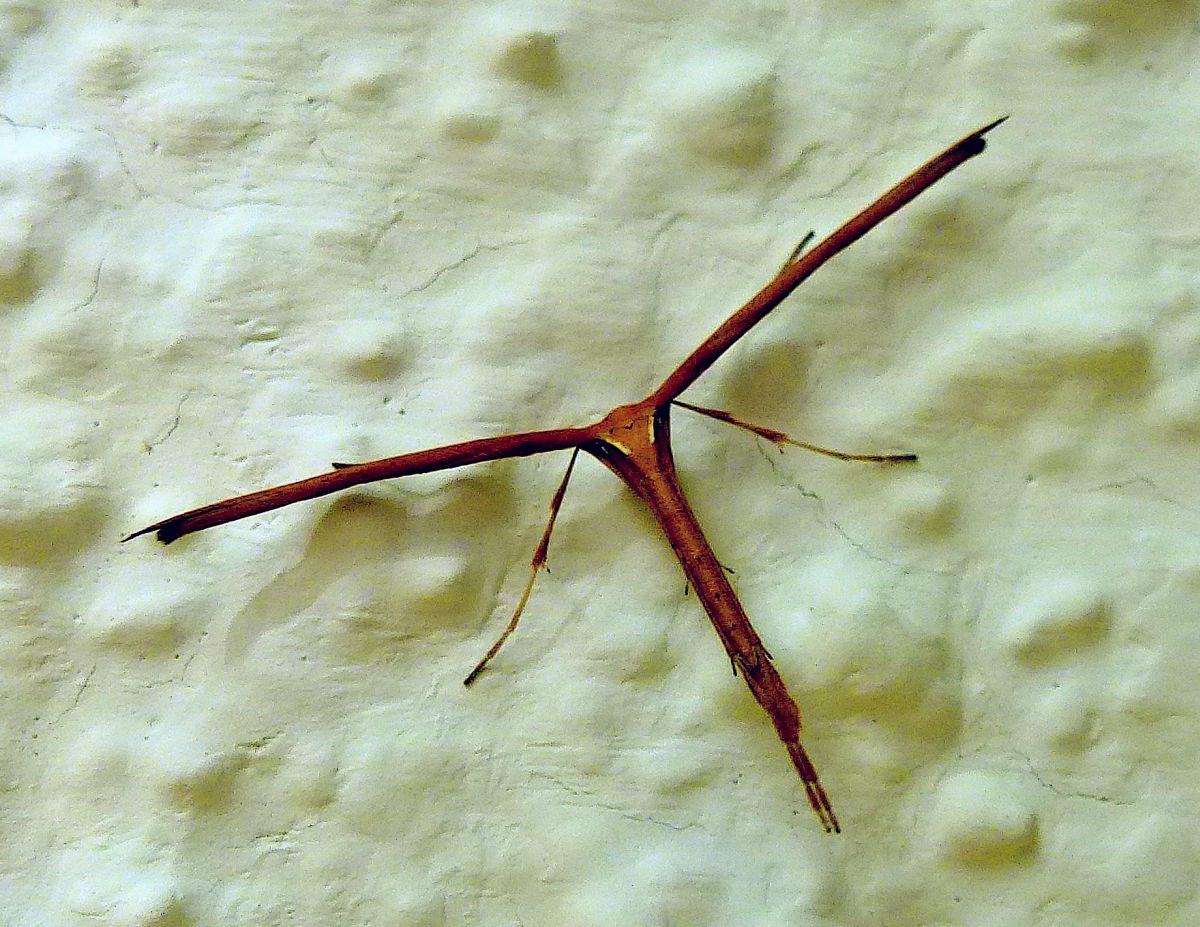
Emmelina monodactyla (Lep.: Pterophoridae) Dar Churcher

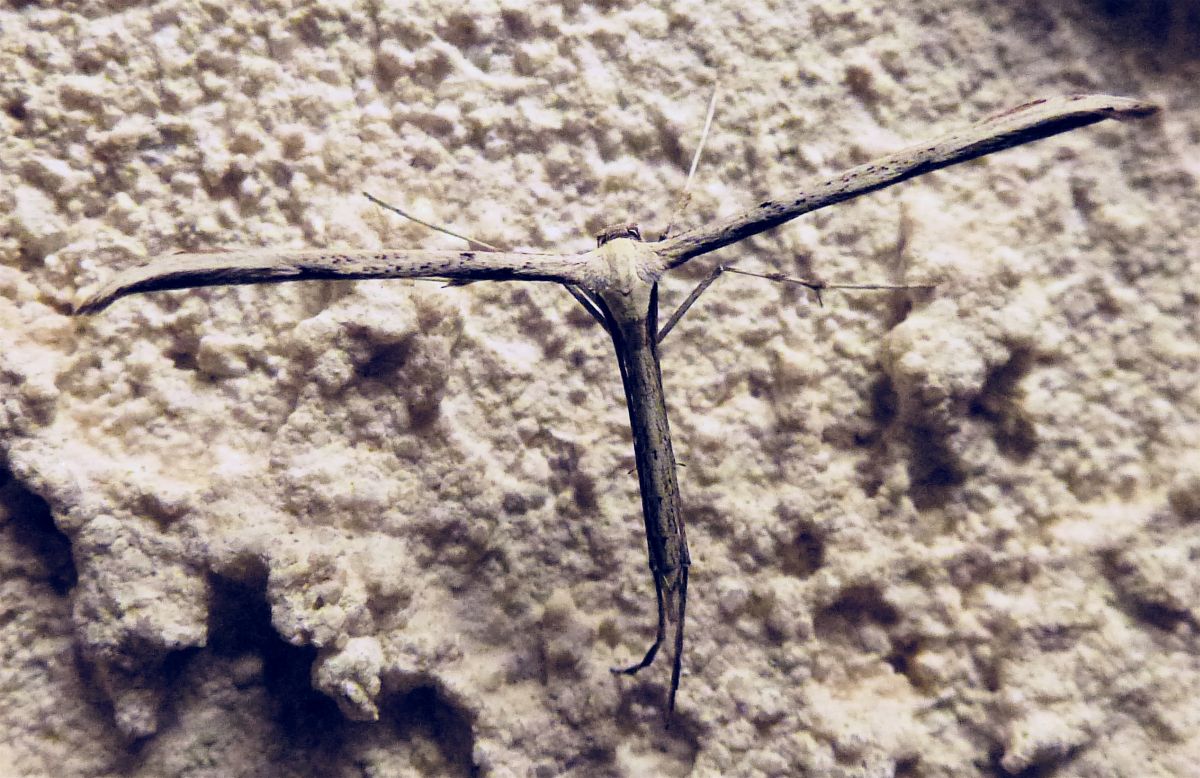
Emmelina monodactyla (Lep.: Pterophoridae) Dar Churcher
Next, an ichneumonid wasp of the genus Pimpla – presumably P. rufipes. Dar writes:
This ‘Blue deadly-looking’ winged insect moved around so quickly it was very difficult to photograph – I think I took at least 15 shots in my attempt. I’ve never seen this species before. Depending on the angle its refracted brilliant blue colouring was absolutely incredible, especially contrasted with its red legs! [“rufipes” – Jeremy]
Jeremy Tatum writes: This is a parasitoid of lepidopterous larvae.

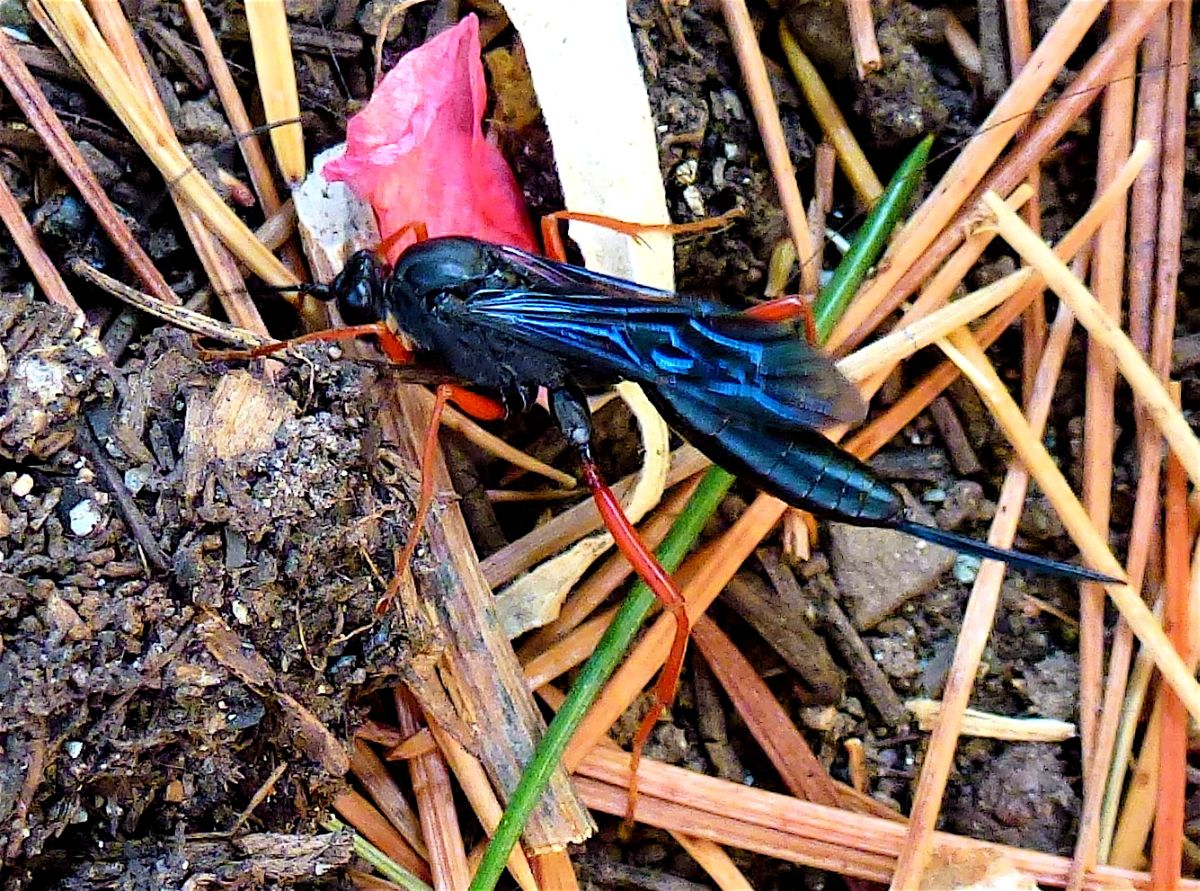
Pimpla rufipes (Hym.: Ichneumonidae) Dar Churcher

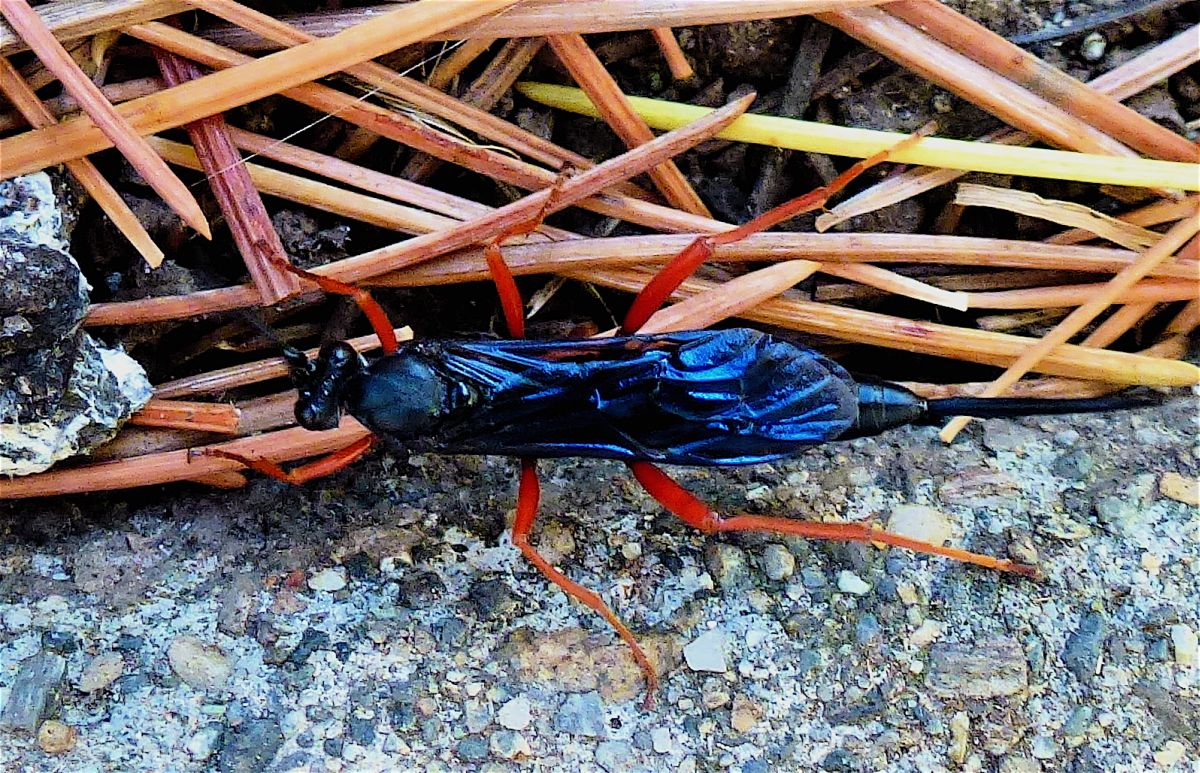
Pimpla rufipes (Hym.: Ichneumonidae) Dar Churcher
Next, a tortricid. Jeremy Tatum writes, I can’t be 100 percent sure, but I think this is very likely to be one of the many colour forms of Acleris gloverana, whose caterpillars feed on conifers. It is known in the forestry industry as the Western Black-headed Budworm.

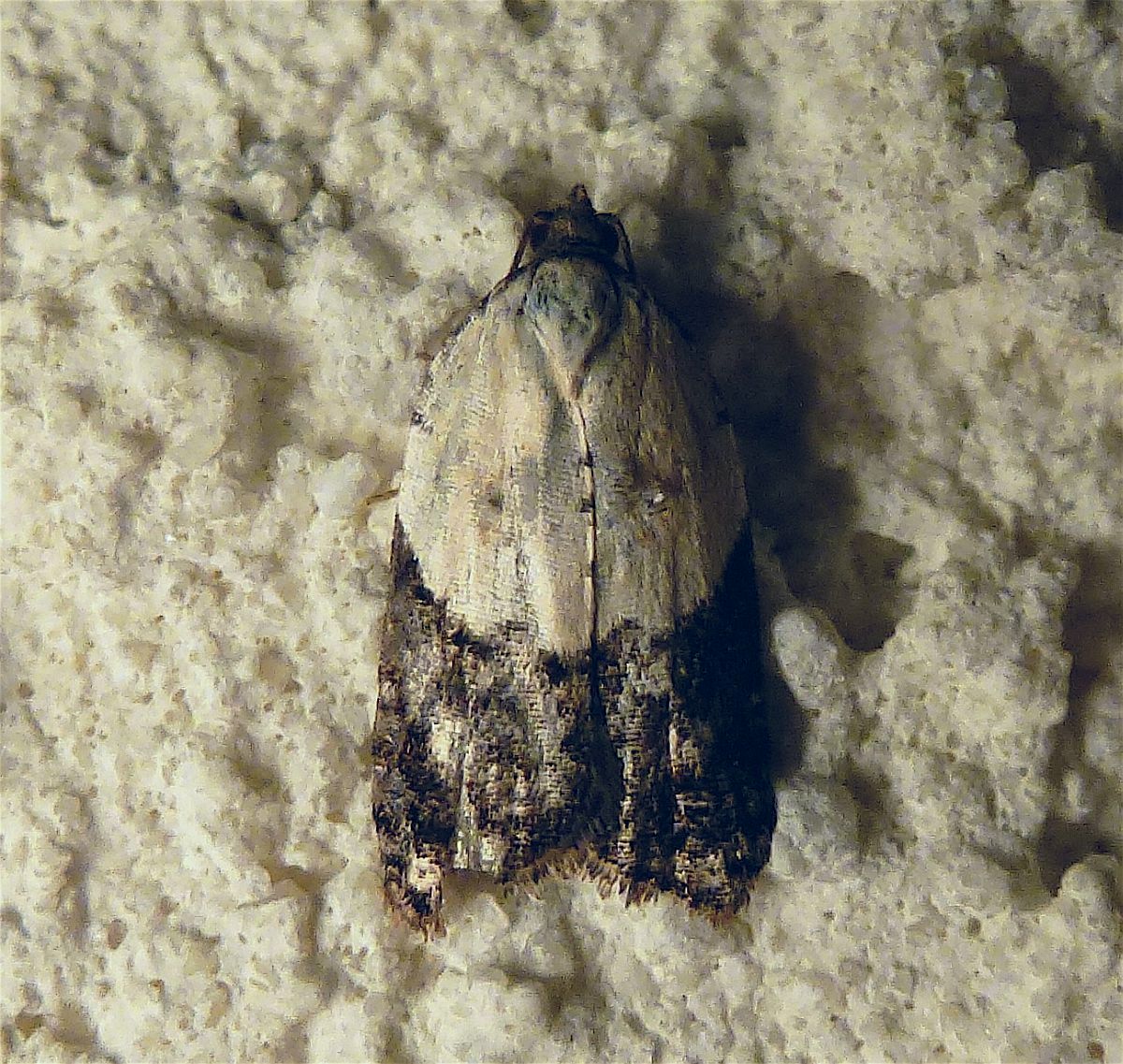
Acleris gloverana (Lep.: Tortrcidae) Dar Churcher
Jody Wells got some photographs of Orange Sulphurs at the west side of McIntyre reservoir, September 1. Uppersides of these butterflies are notoriously difficult to photograph. One of Jody’s upperside photographs shows very little orange – though there is a little, and other features are typical of the Orange Sulphur. The other is a bit blurred because of motion, but shows a great deal of orange and is well worth showing to confirm the identity. See August 18 for another successful upperside shot, by Ron Flower.

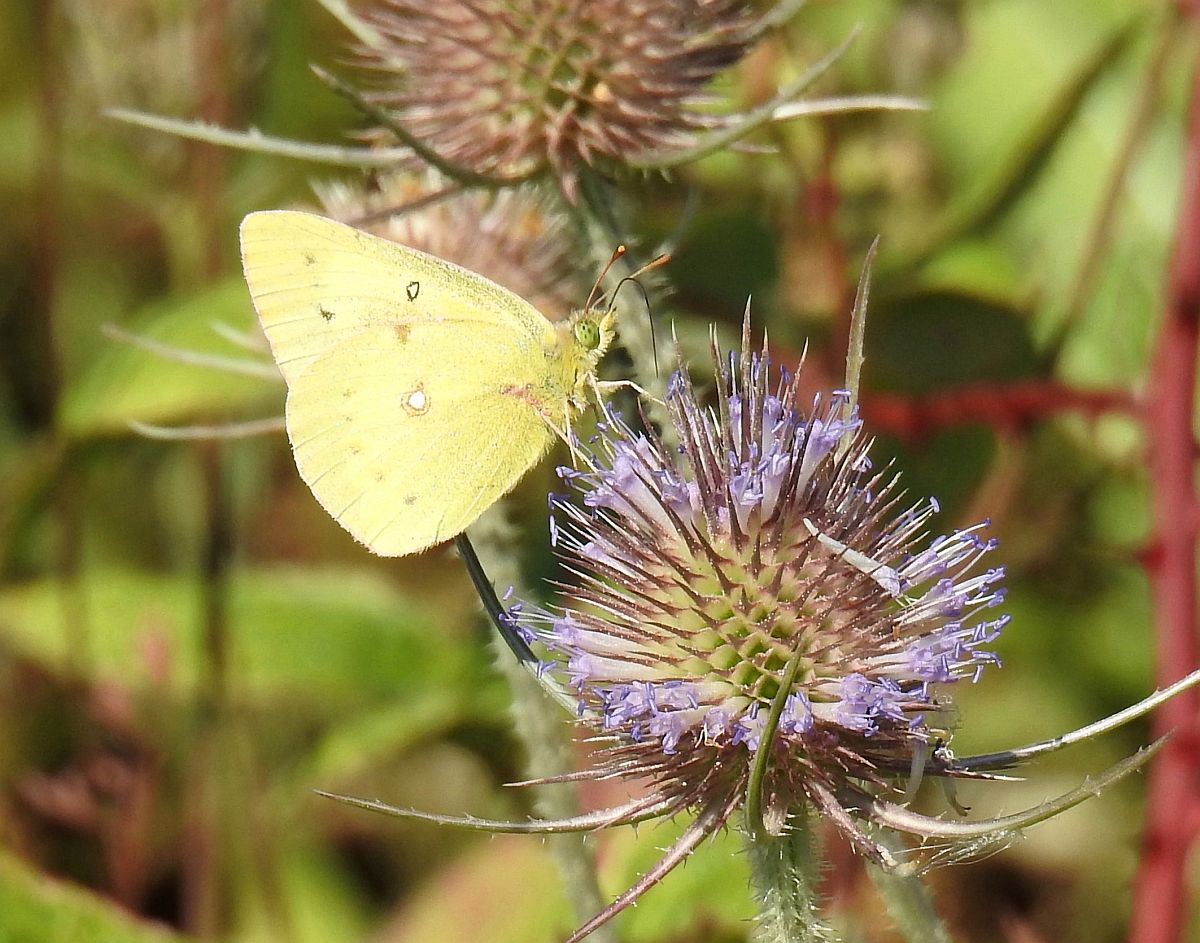
Orange Sulphur Colias eurytheme (Lep.: Pieridae) Jody Wells

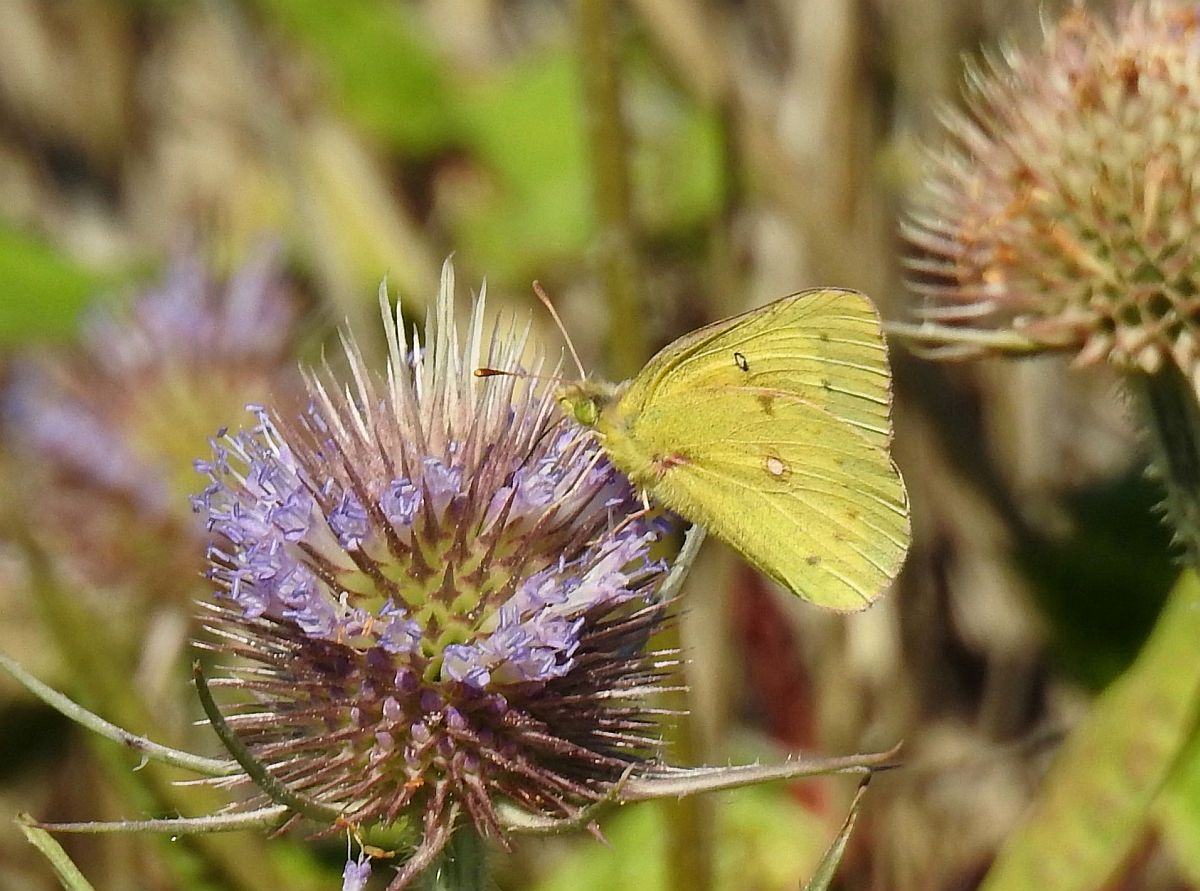
Orange Sulphur Colias eurytheme (Lep.: Pieridae) Jody Wells

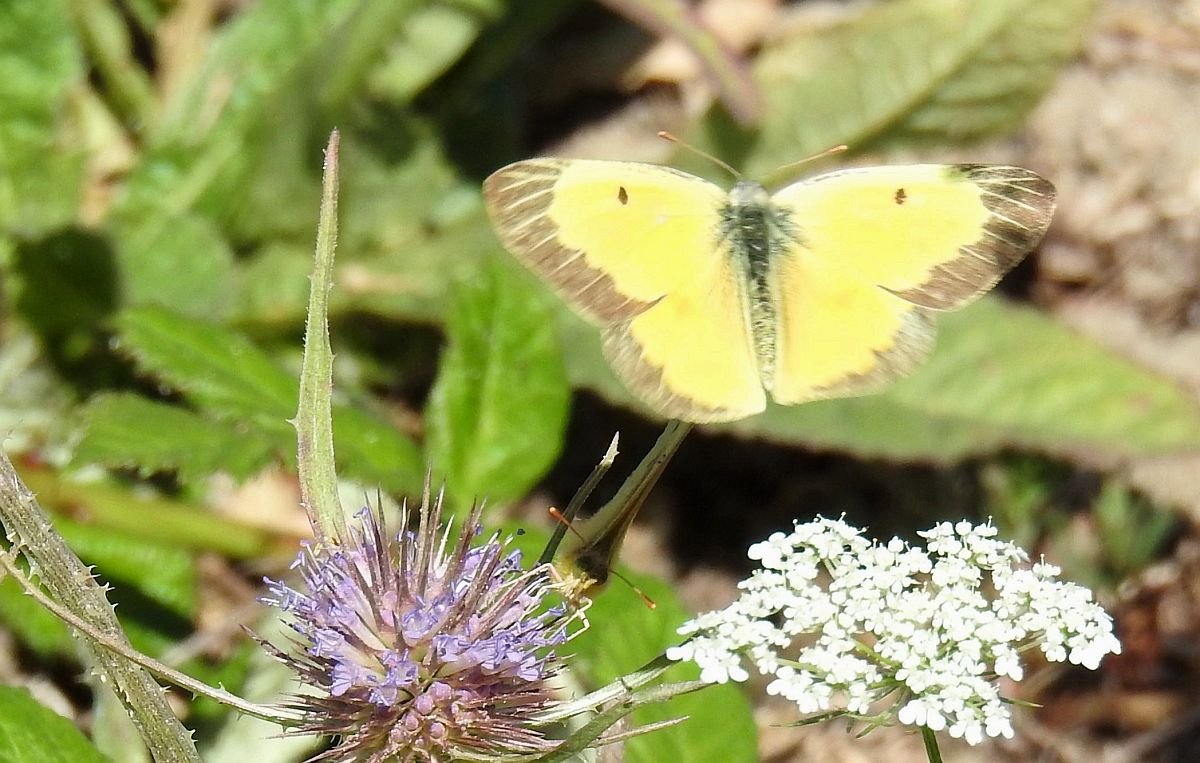
Orange Sulphurs Colias eurytheme (Lep.: Pieridae) Jody Wells
(Note the s at the end of the second word!)

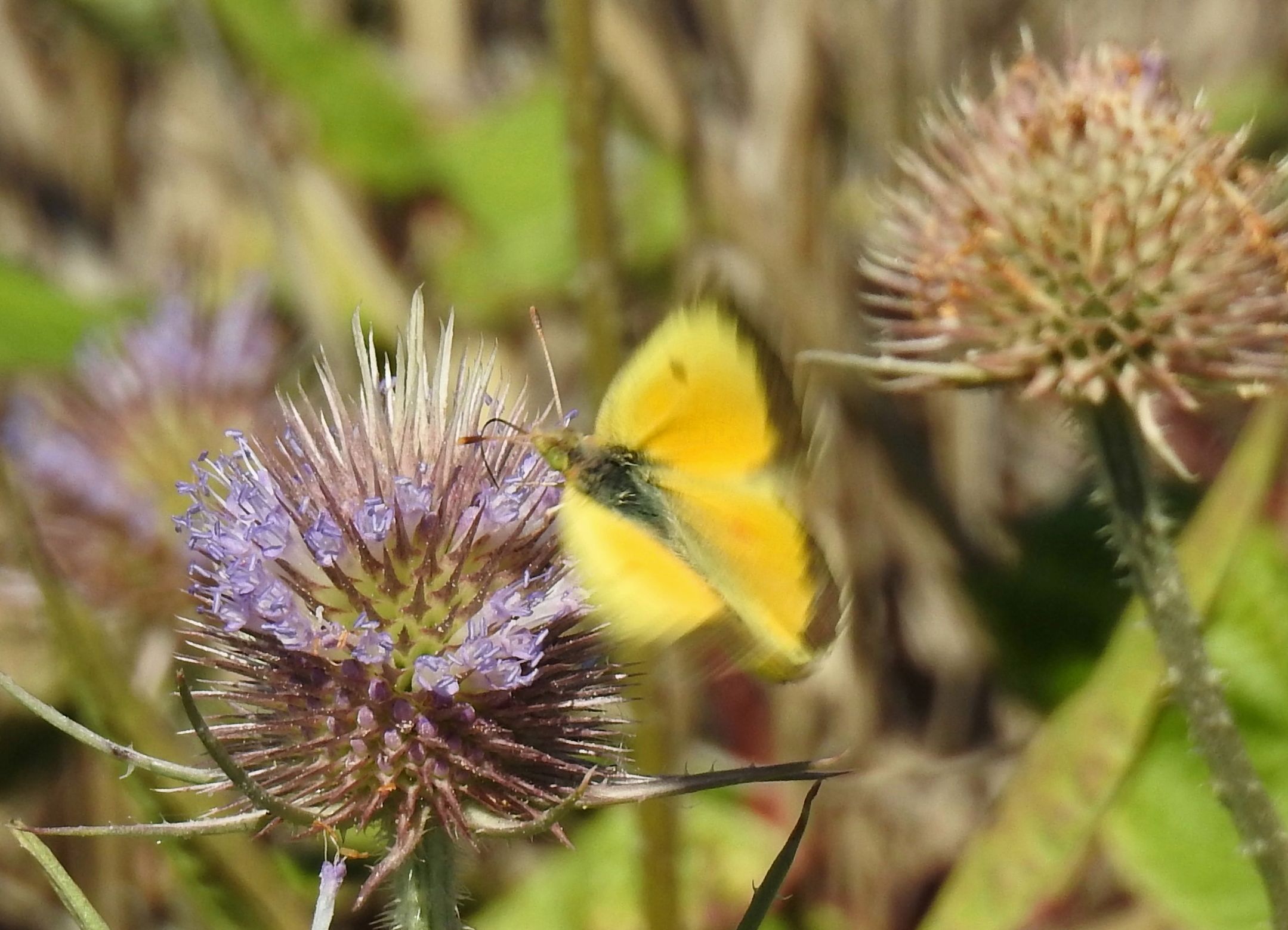
Orange Sulphur Colias eurytheme (Lep.: Pieridae) Jody Wells
Jeremy Tatum writes: What an exciting season! There’s still a backlog of contributions that I haven’t caught up with. I’ll try and do a second posting later in the day.

